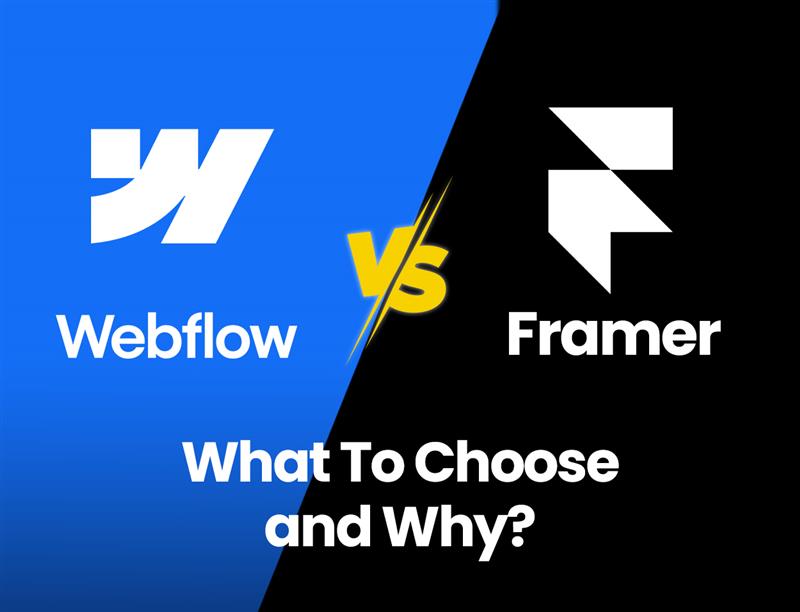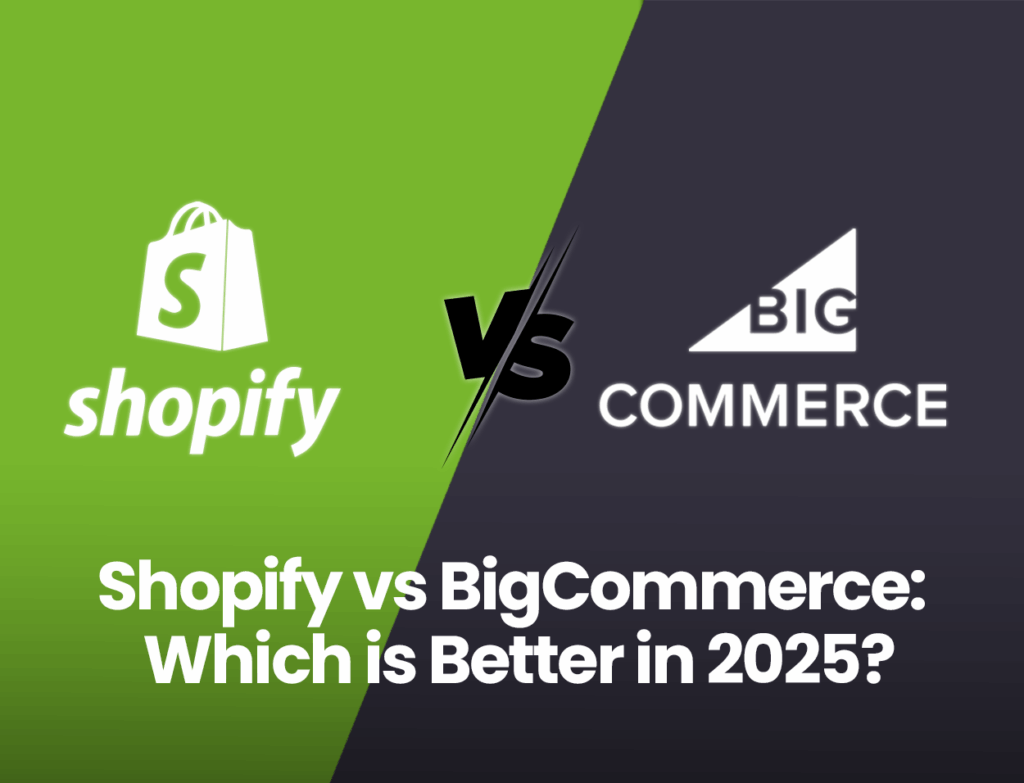Are you ready to build a stunning website in 2025, but feeling torn between Webflow and Framer? You’re not alone! Imagine this: You’re a creative professional or business owner in India, eager to showcase your brand’s unique voice and personality online. But which platform will truly bring your vision to life?
Have you ever asked yourself, “What makes a website not just good, but unforgettable?” Or ponder how the tools we choose can impact not only our creativity but also the user experience we deliver?
Both Webflow and Framer are packed with powerful features, but their strengths and nuances create a fascinating landscape for website design. How do you balance visual appeal with outstanding performance? Is the learning curve worth the end result?
Let’s dive into the vibrant world of web design services and tools to explore what each platform has to offer. You might just find the perfect fit for your next big project!
Understanding the Platforms
Webflow
Webflow is an all-in-one web design platform aimed at designers and developers who want to build production-ready websites visually, without writing code.
Key Features:
- Visual CSS/HTML Editor
- CMS integration
- Built-in hosting and SEO tools
- E-commerce functionality
- Responsive design controls
Framer
Originally a prototyping tool, Framer has evolved into a robust web design solution, particularly praised for its animation and interactive design capabilities.
Key Features:
- React-based interactive components
- Real-time collaboration
- AI site generator
- Built-in hosting
- Smooth animations and transitions
Ease of Use: Webflow vs Framer
Webflow
You get a highly visual interface with control over every HTML and CSS element. The learning curve can be steep initially if you’re not familiar with how websites are structured.
Framer
Framer offers a more intuitive interface, especially for designers familiar with tools like Figma. You can quickly create animated pages and prototypes. Its AI-based setup helps beginners launch simple websites with less manual work.
Design Flexibility
- Webflow gives you pixel-level control and supports complex layouts and CSS logic.
- Framer excels in animations, transitions, and micro-interactions that feel natural on modern websites.
SEO Capabilities: Webflow vs Framer
Webflow:
-
- Customizable metadata and alt tags
- Clean HTML/CSS structure
- Automatic sitemap generation
- Fast loading with built-in CDN
Framer:
-
- SEO settings per page
- Lightweight pages
- Good performance scores on Core Web Vitals
For an Indian business targeting Google India search rankings, Webflow may give slightly more SEO-specific control.
E-Commerce Support: Webflow vs Framer
- Webflow offers a native e-commerce platform with checkout, inventory, and shipping control. Ideal for small to mid-sized shops.
- Framer requires third-party tools like Shopify Buy Buttons or Snipcart for e-commerce features.
Pricing in 2025 (converted from USD at approx. ₹82/USD)
Webflow Plans (billed annually, INR approx.):
- Starter: Free (limited features)
- Basic: ₹1,156/month ($14)
- CMS: ₹1,897/month ($23)
- Business: ₹3,216/month ($39)
E-commerce Plans (Webflow):
- Standard: ₹2,395/month ($29)
- Plus: ₹6,110/month ($74)
- Advanced: ₹17,525/month ($212)
Framer Plans (billed annually, INR approx.):
-
- Free: Good for personal projects
- Mini: ₹413/month ($5)
- Basic: ₹1,240/month ($15)
- Pro: ₹2,067/month ($25)
- Business: Custom pricing
Framer provides better value at the entry level. Webflow’s costs rise with increased functionality and professional features.
Best Use Cases
Choose Webflow if you:
- Need precise control over design and structure
- Want to build CMS-driven content platforms
- Run an SEO-focused blog or service business
- Require scalable e-commerce tools
Choose Framer if you:
- Prioritize animations and sleek design
- Build portfolio or agency sites
- Need quick launch capability with AI help
- Work in creative fields like photography or UI/UX design
What Does Scientific Data and Trends Say?
According to a 2024 survey by Statista, 78% of Indian web design professionals preferred platforms that balance design flexibility with CMS integration. Webflow topped the list with 39%, followed by Framer at 23%.
Google’s Core Web Vitals report (Q1 2025) indicates:
-
- Framer-built websites: average LCP (Largest Contentful Paint) of 1.9 seconds
- Webflow-built websites: average LCP of 2.2 seconds
This suggests Framer offers slightly faster initial content rendering, which is beneficial for user retention.
Both Webflow and Framer are capable of powering modern websites. Your choice should depend on your specific goals, team skills, and growth plans.
If you’re building a content-rich website or SEO-focused business in India, Webflow offers more control. For fast visual design and motion, Framer is a strong pick.
FAQs
1. Can I switch from Framer to Webflow later?
Yes, but you’ll need to rebuild the layout manually since there’s no direct import tool.
2. Which is better for freelancers in India?
Framer offers quicker project launches and is ideal for creatives. Webflow is better if your clients need CMS or e-commerce.
3. Do both platforms support Indian payment gateways?
Webflow supports integrations through custom code. Framer requires third-party add-ons, which can support Razorpay or PayU.
4. Can I build blogs on both?
Webflow’s CMS makes blogging easier. Framer can do it with Notion integrations or markdown
5. Which one is better for SEO in India?
Webflow offers more control, making it slightly more suitable for SEO-rich websites.



